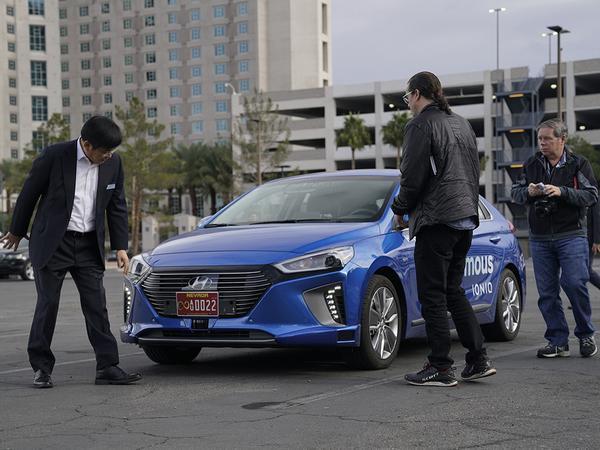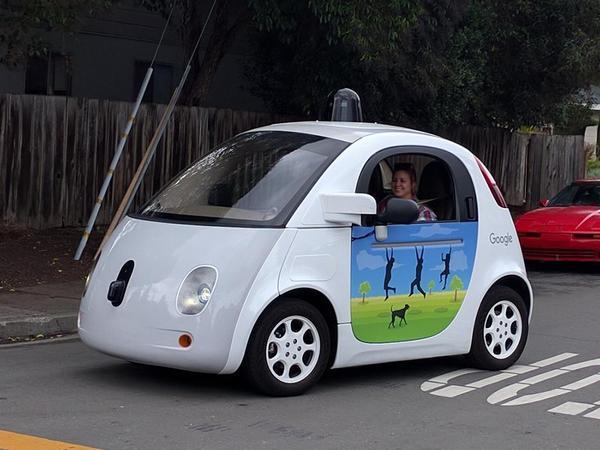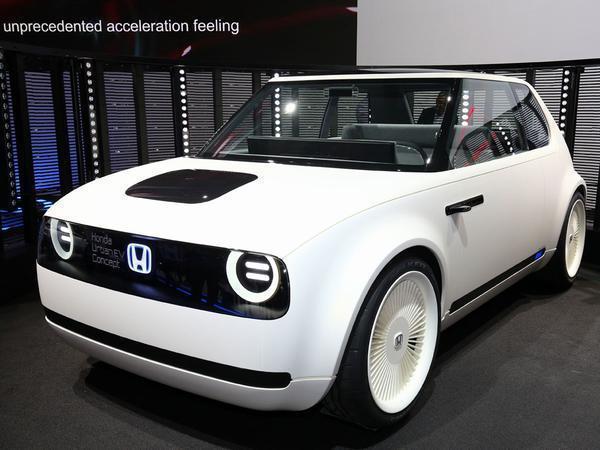PH Footnote: Communication is key
Driverless cars may understand their environment, but how will their environment understand them?

No shit, you might be tempted to say, but Byford does infact raise an interesting point. How autonomous cars will receive and interpret information is a subject which has been debated ad nauseum, how they will communicate back with us has been discussed rather less. Of course, new laws will be introduced and highway codes altered to help people adapt to having autonomous machines on the streets, but when a pedestrian attempts to cross the road or a human driver tries to edge out of a junction, the behaviour of autonomous cars may be a little harder to comprehend.
In cities where jay-walking isn't illegal, or where pedestrians have priority, those on foot tend to look for physical cues from the driver - be it a flash of the lights or a wave of the hand - to show them that they've been seen and can cross, move out, or merge. But if a car isn't piloted by a human driver how are those physical cues going to be represented? The machine itself, through deep learning, may comprehend what is in its peripheral vision and what action to take, but how will it relay to the child on his bike or the pensioner crossing the road what that action is to be?

In a white paper by roboticists at Duke University, Michael Clamann carried out an experiment in which a van showed a display similar to that of a traffic crossing with 'walk' and 'don't walk' signals, as well as a speed display. "The idea was that the participants would use the speedometer to determine whether it was safe to cross... pedestrians relied on old habits when interacting with new technologies."

As it stands, though, companies haven't yet cracked the ideal way for autonomous cars to communicate with us. We learn how to communicate from a very young age and the earlier people interact with technology, the easier it is to communicate with it. But as autonomous technology takes to the road, there will be a crucial transition period during which young and old alike will have to get to grips with encountering it in environments not yet optimised for that occurrence. So, how do you think it should be done? Are extra lights enough, or will they just create confusion? Would you understand what a car meant if it was displaying an emoji? Is there even any need for communication at all? Let us know what you think.
Gassing Station | General Gassing | Top of Page | What's New | My Stuff





